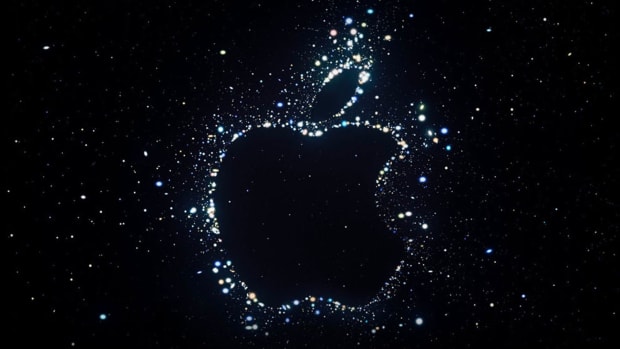
A happy life on the internet requires a delicate balance between instant access to information and an onslaught of digital advertising.
If you can think of a website off the top of your head right now, it likely requires ad revenue to keep its content chugging along. Whether its an independently-run blog or a major social media giant like Meta (META) or TikTok, internet advertising has become a ubiquitous part of everyone's life.
On the one hand, ads make people groan. They can clog up your feeds, distract you from the news of the day, and even trick you into clicking on something you probably wouldn't have clicked on otherwise.
On the other hand, the use of ad services allows online content creators and entrepreneurs to monetize their content. Blogs, websites, Google's (GOOG) YouTube videos, and other mediums give creators a way to make money long after the "post" button has been clicked.
The use of online ads to make money has revolutionized the market. It has allowed the title of 'influencer' to become a career reality. But it has also made higher-cost entertainment more accessible to households on a budget. Take for example Netflix's recent ad-based tier, which brings down the average monthly membership price of roughly $24 to $7.
Digital ads are popping up in creative places on several new platforms--most recently including Apple phones.

Apple
Apple to Add Advertisements to the App Store
According to MacRumors, starting today, Apple (AAPL) will be expanding its digital ad business by offering more real estate for ads in its App Store.
The news comes from an email to developers this week that revealed app-related ads will start popping up in the App Store’s main “Today” tab and in a “You Might Like” section at the bottom of app listings. All ads will have an “Ad” icon and a blue background. The change will affect all countries except for China.
Before the switchover, the App Store’s “Today” tab featured apps picked by the Store’s editorial staff, for which the company didn’t receive any revenue.
Some have pointed out that this creates a problem for upstart companies, who may feel pressured to purchase ads in the “You Might Also Like” space of their own app listing to prevent competitors from doing the same. Others have become suspicious that Apple's stance against third-party advertising has less to do with its high security standards and more to do with the desire to profit off its own ad service.
This isn't the only way Apple is looking to drum up extra ad dollars in the upcoming year. In August, Apple announced that the company would be rolling out ads in its Maps App as well.
Ad Grabs Aren't Just for Apple
Major companies like Meta have been feeling the hurt of a drop in ad revenue over the course of 2022. Perhaps the drop is due to inflation, but some companies are tightening purse strings by cutting down on their advertising budgets.
Many device companies have found creative ways to increase the ad revenue spots and get more products in front of viewer eyeballs. In 2021, Kindle introduced an ad-supported option, giving consumers a more affordable alternative to the e-reader's services. Meanwhile, Google-backed company Glance is busy trying to bring advertisements to the Android lock screen.







